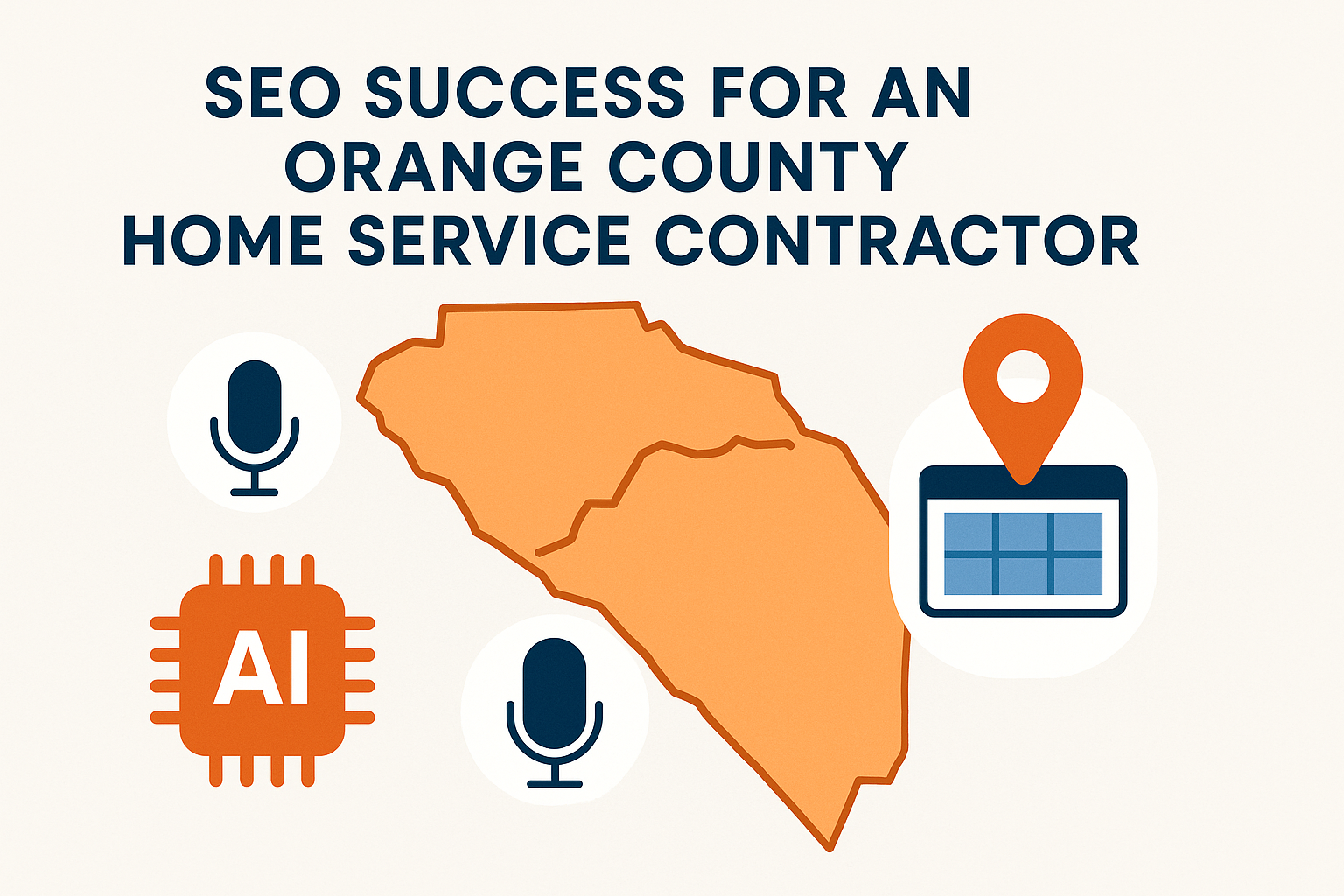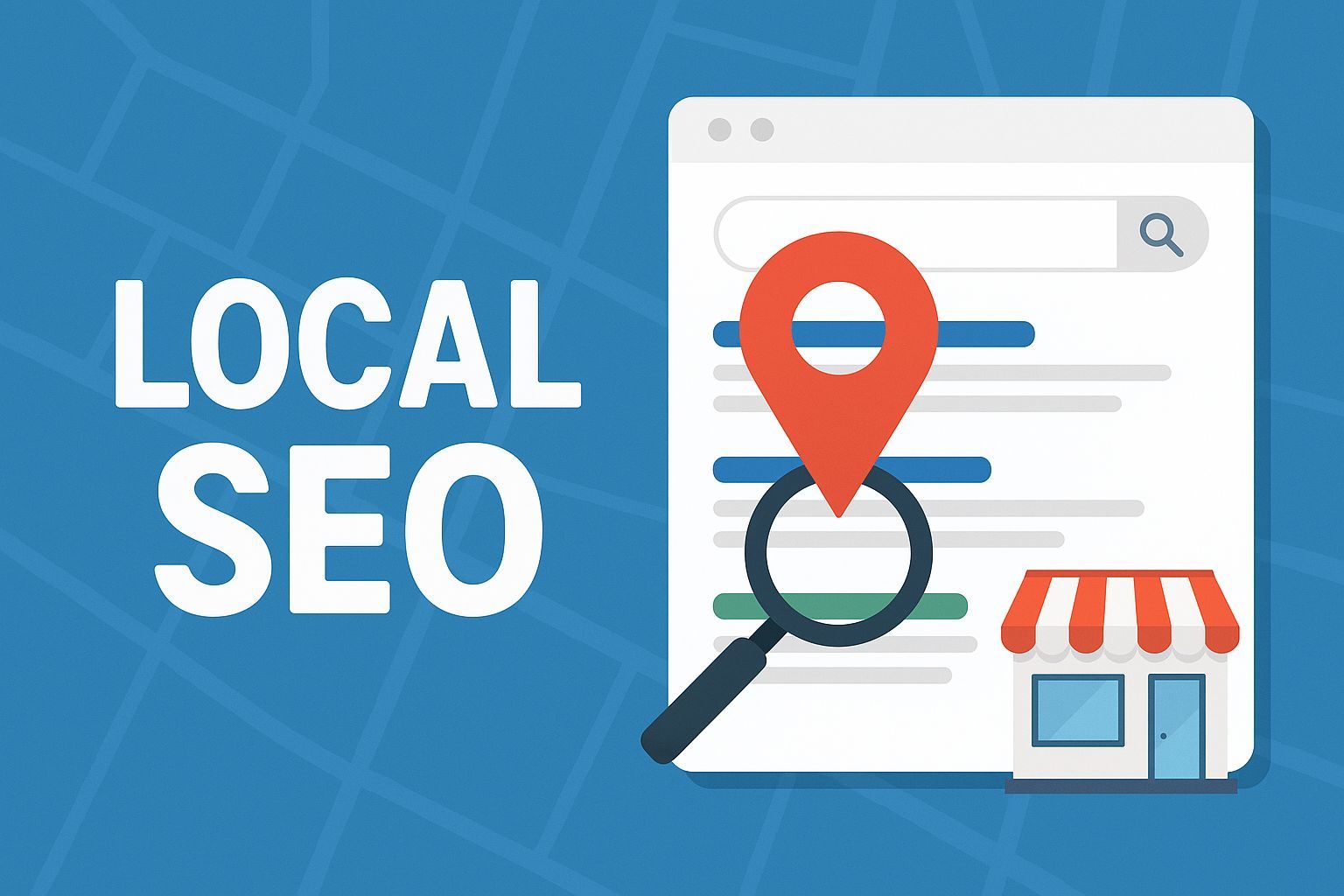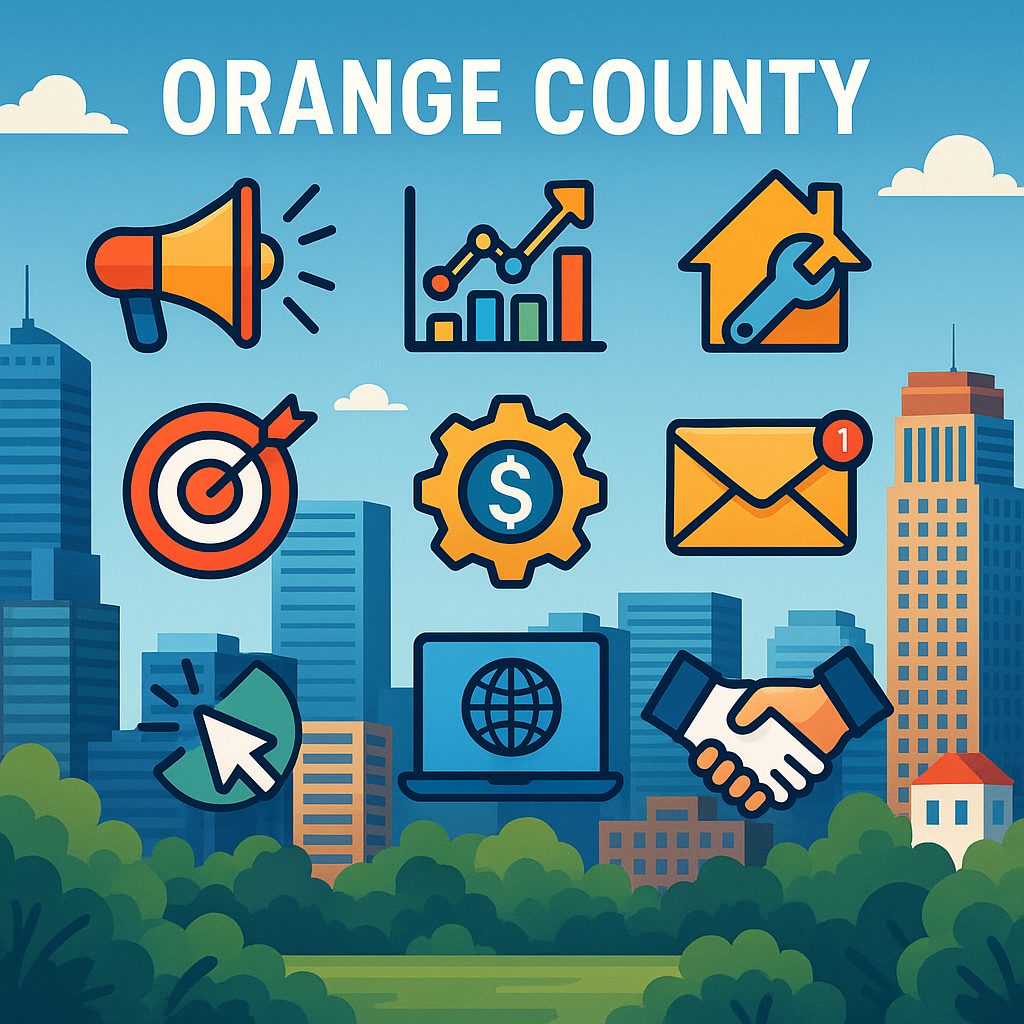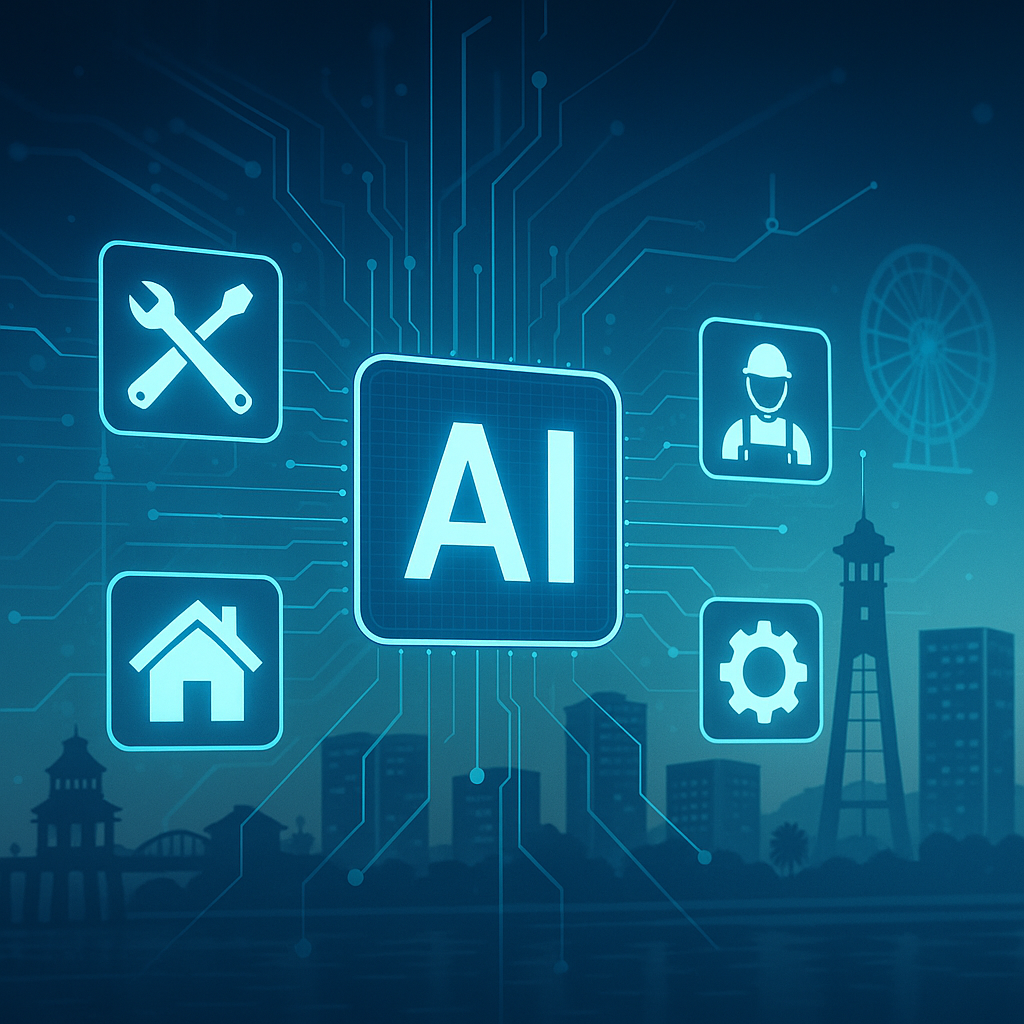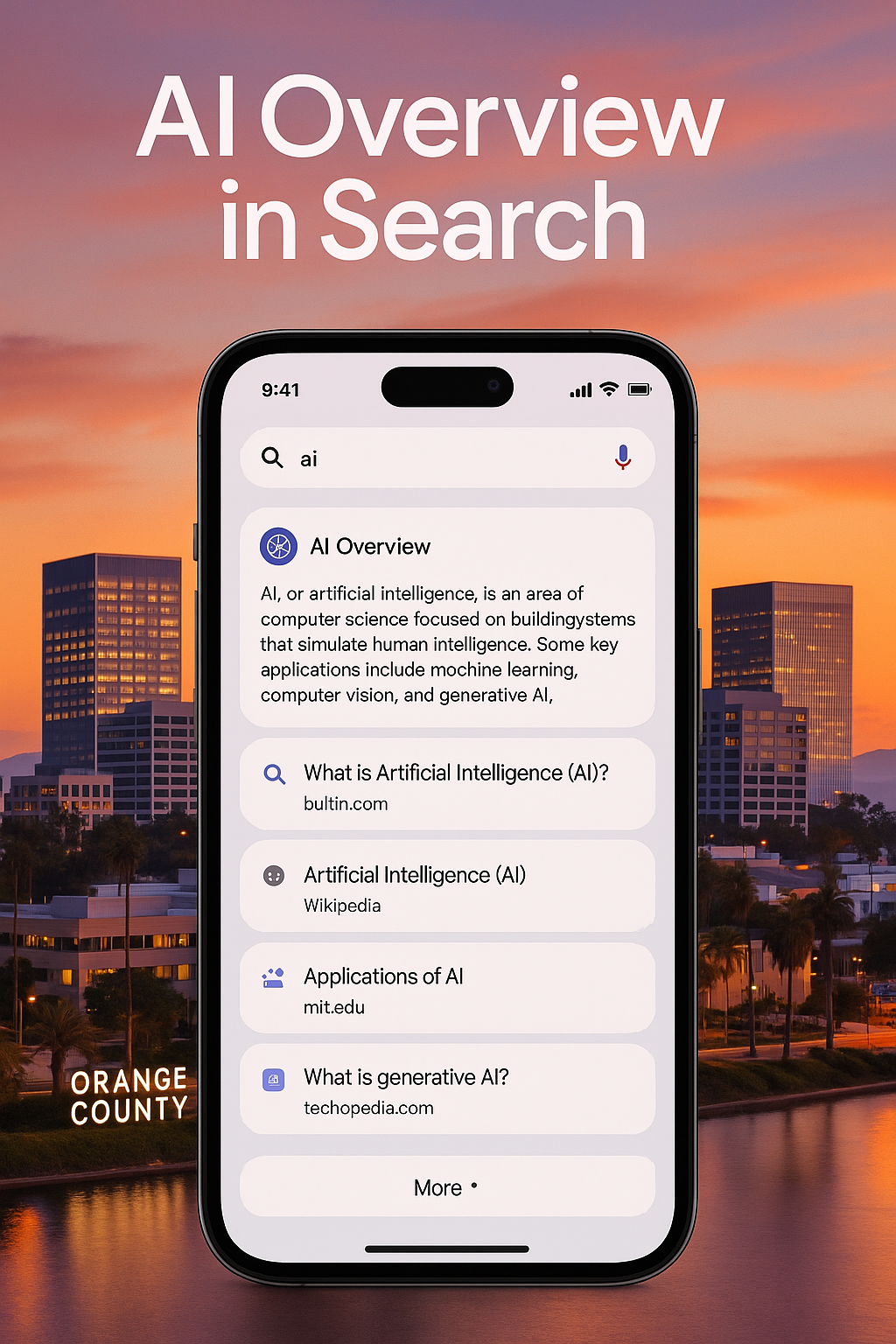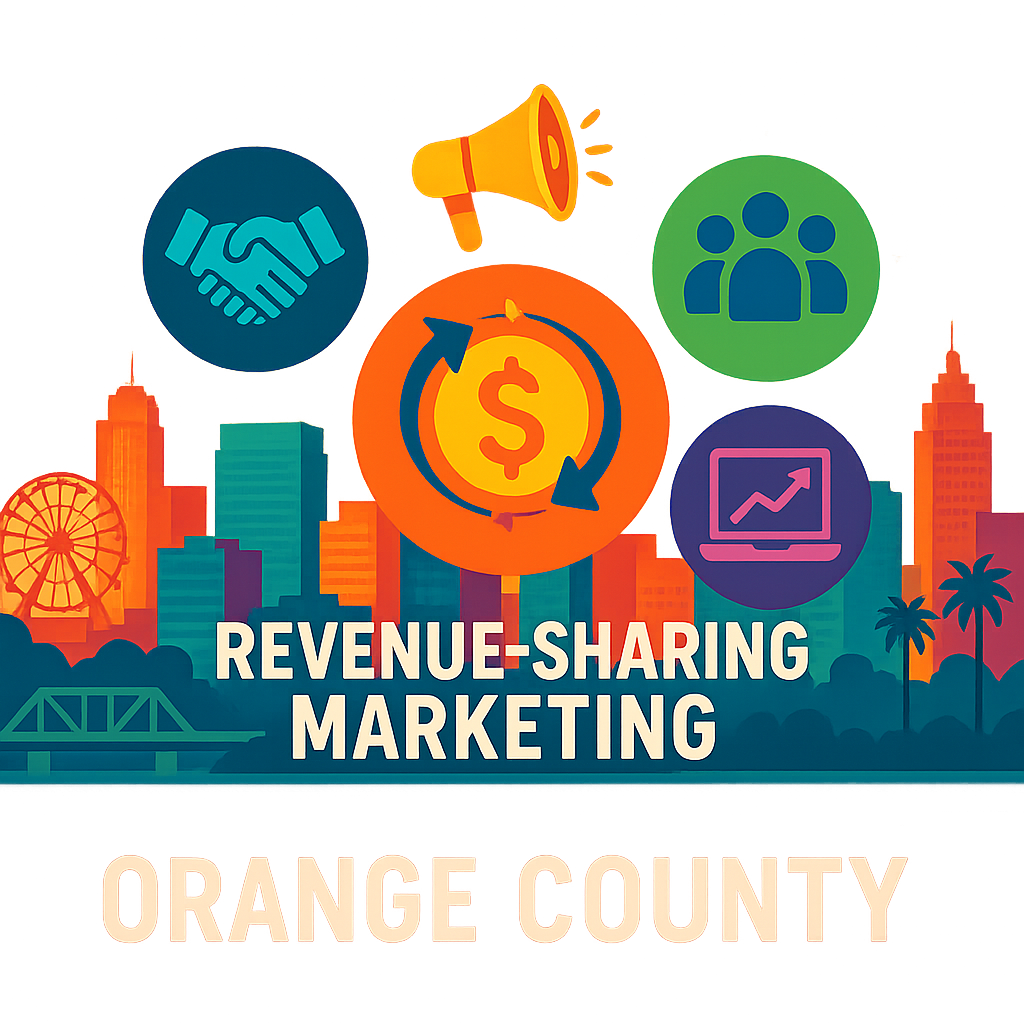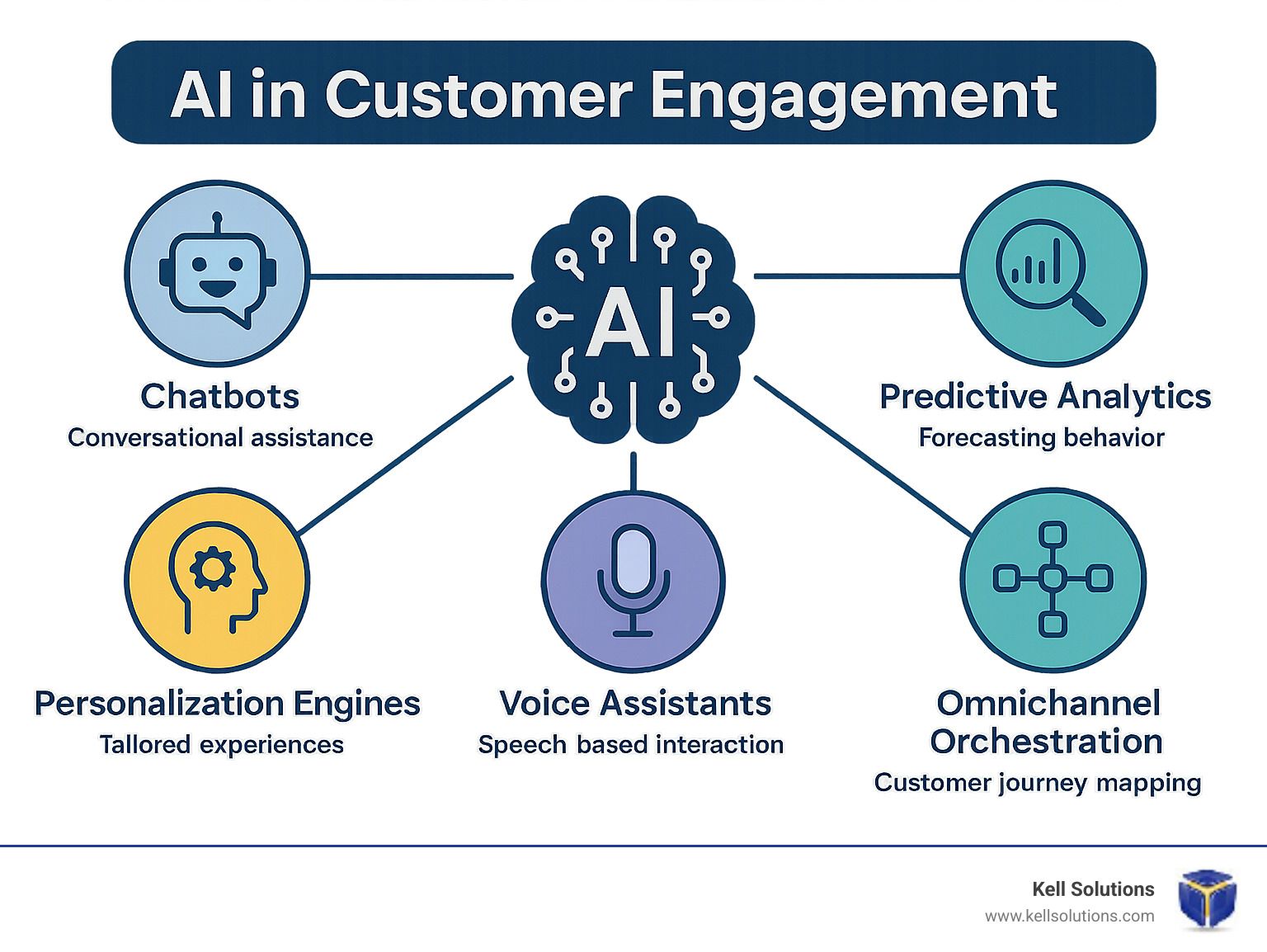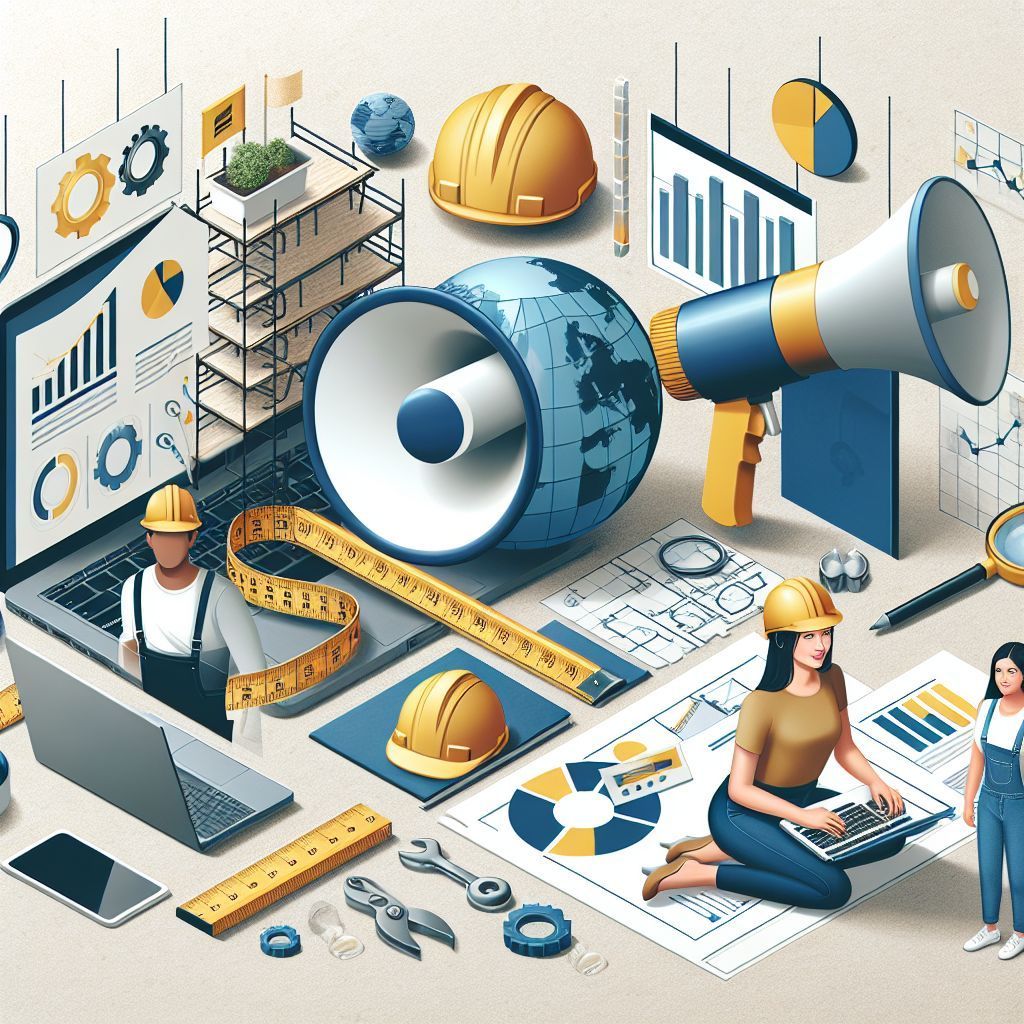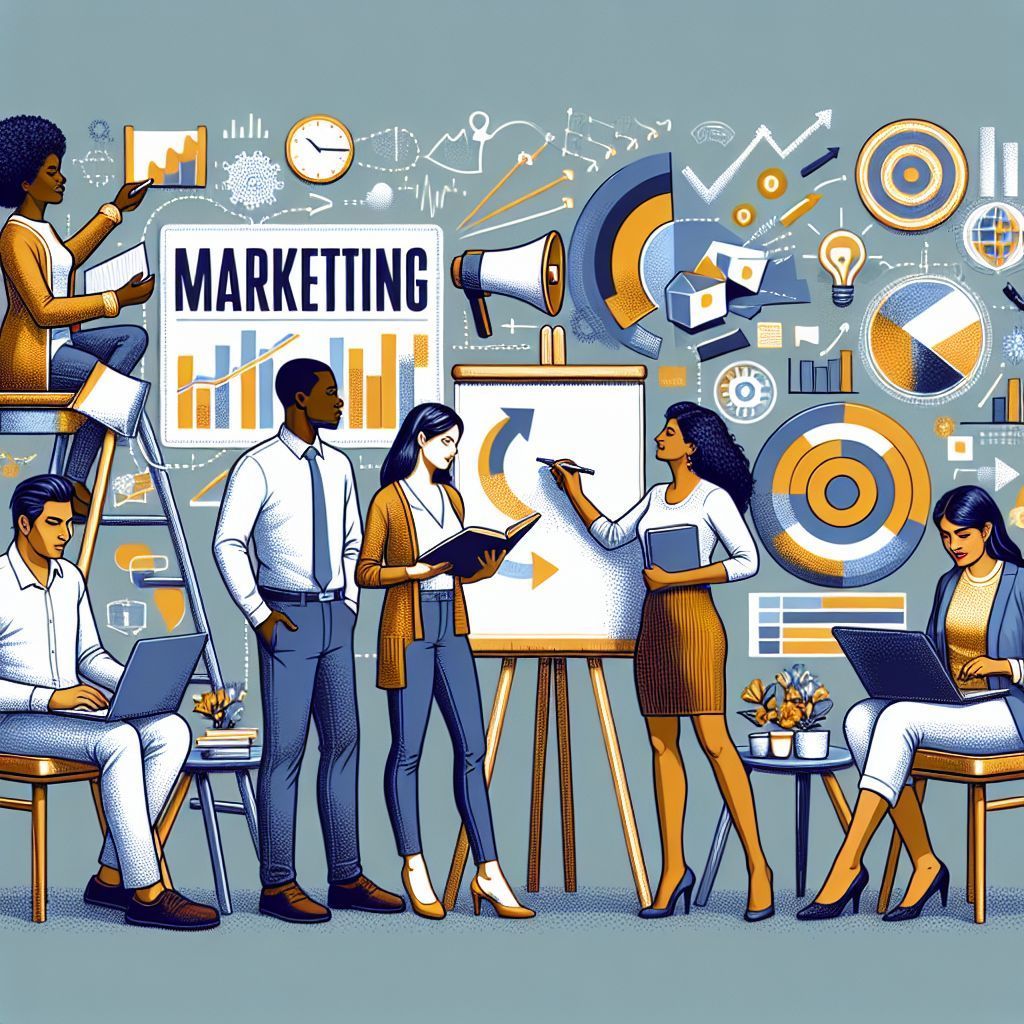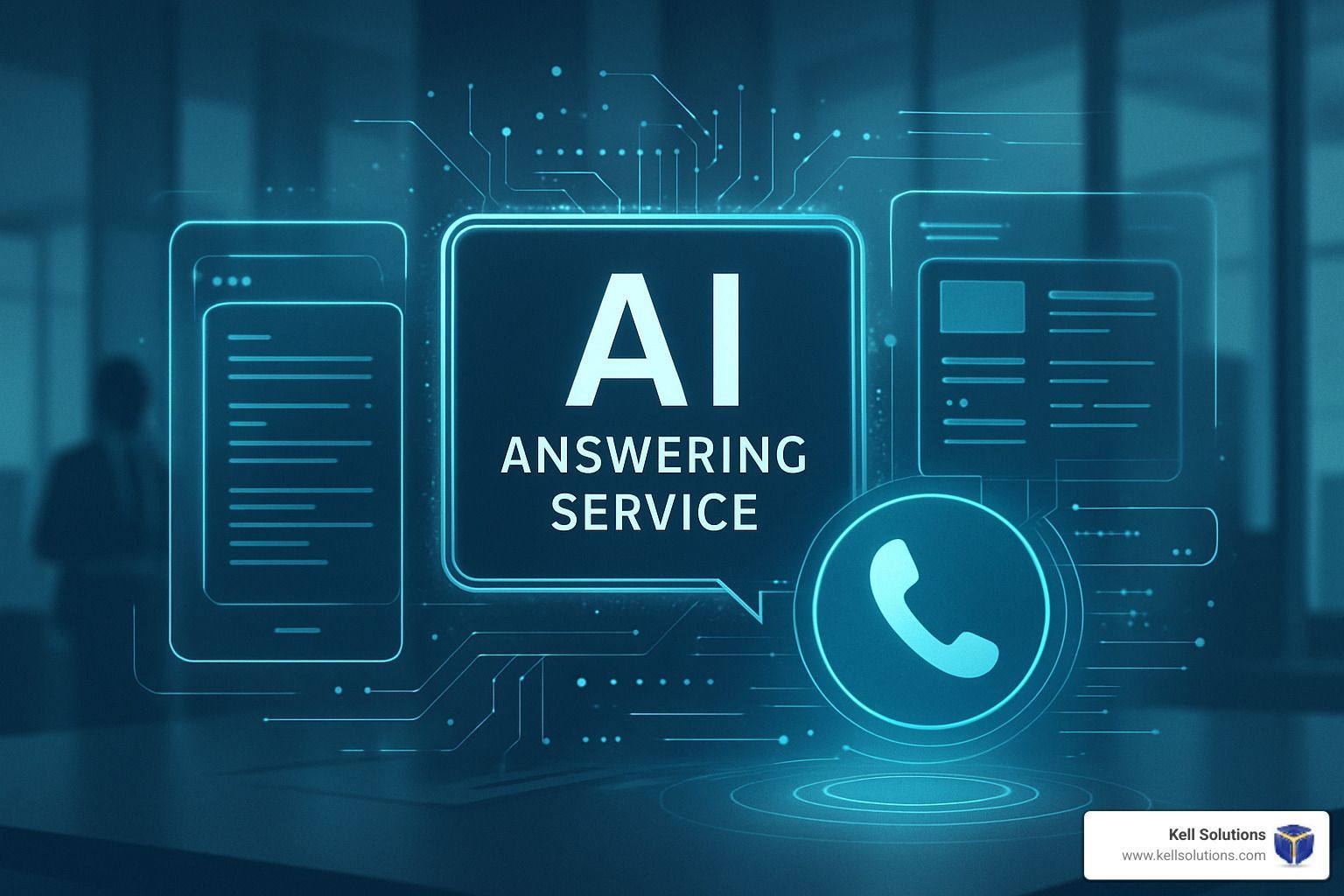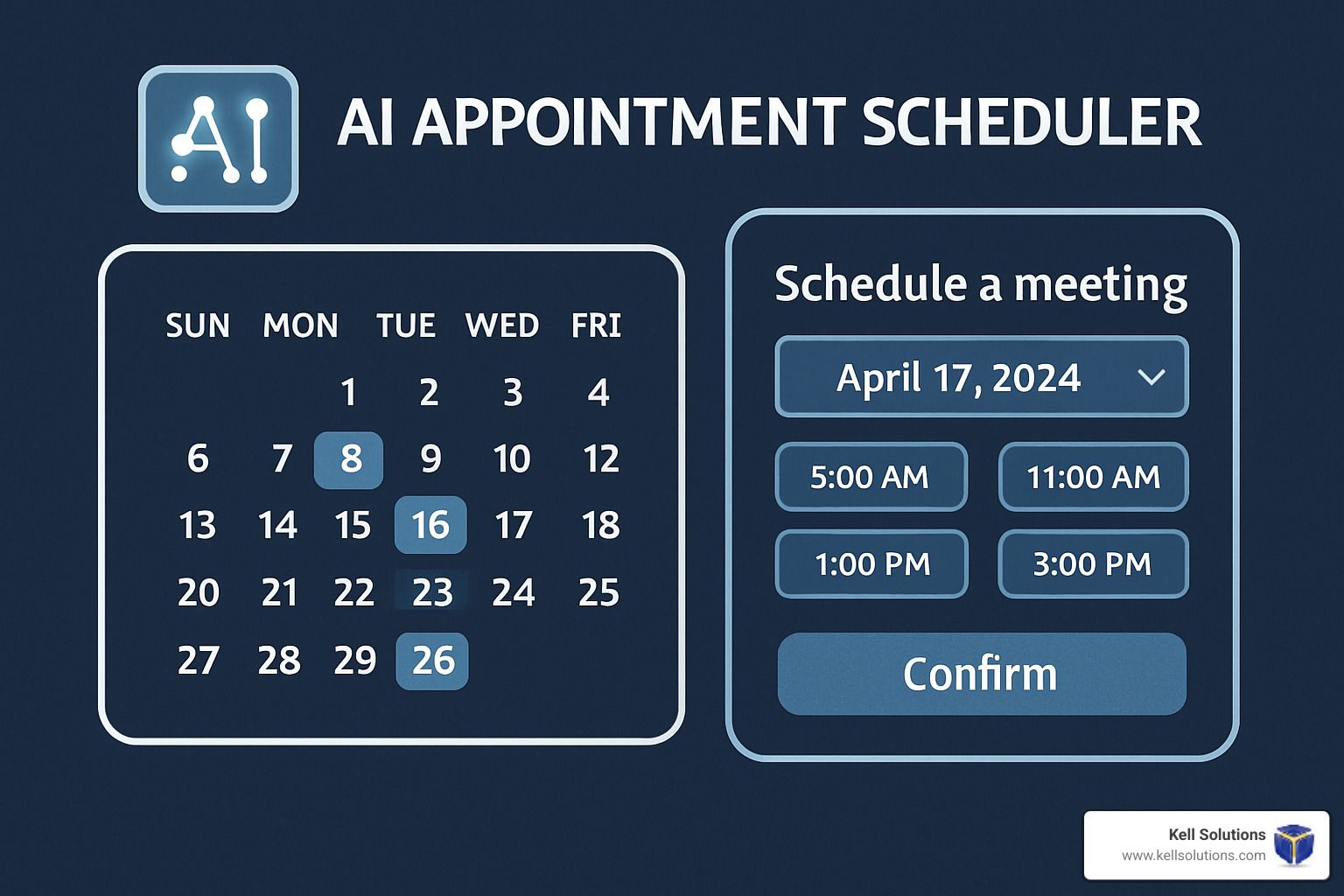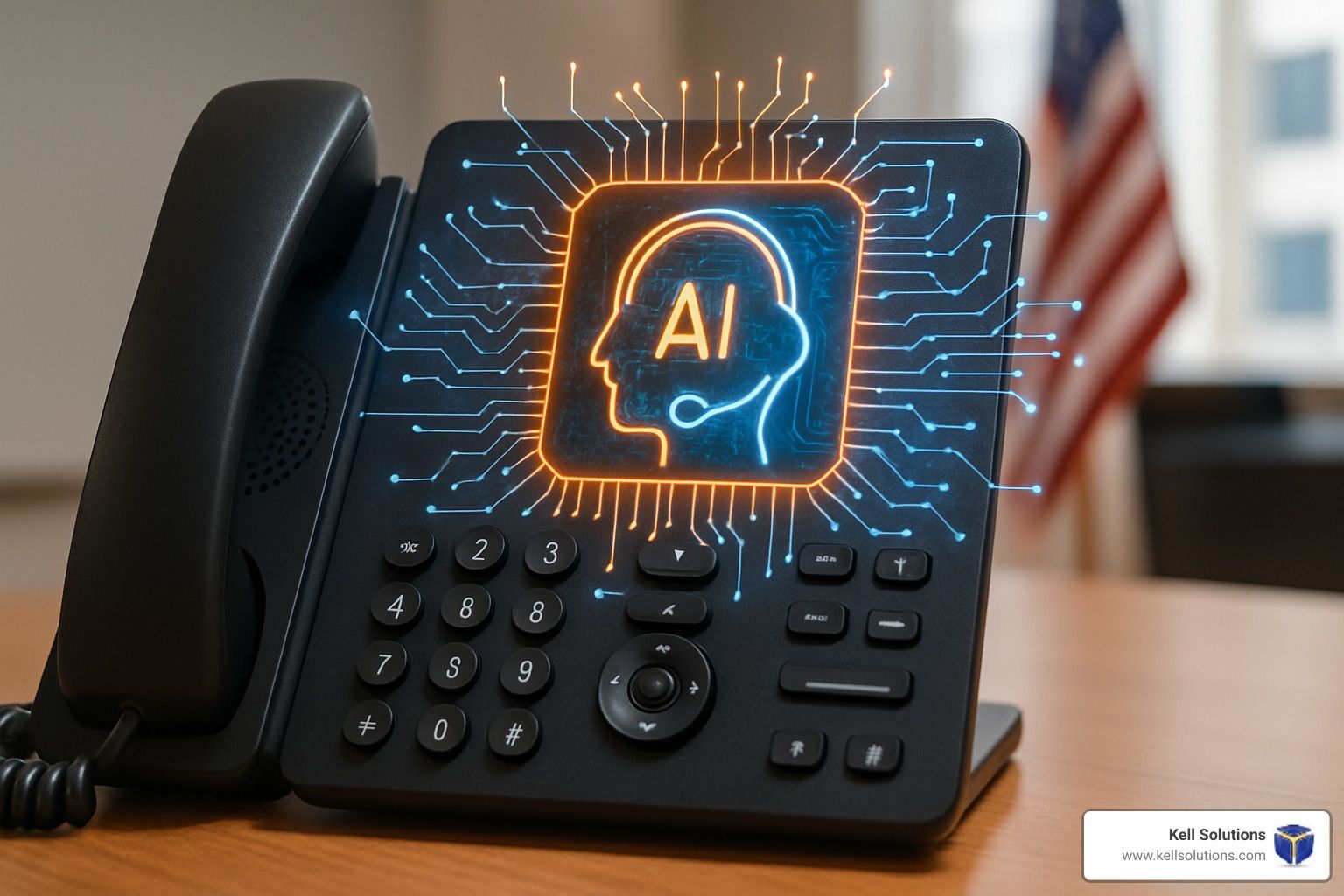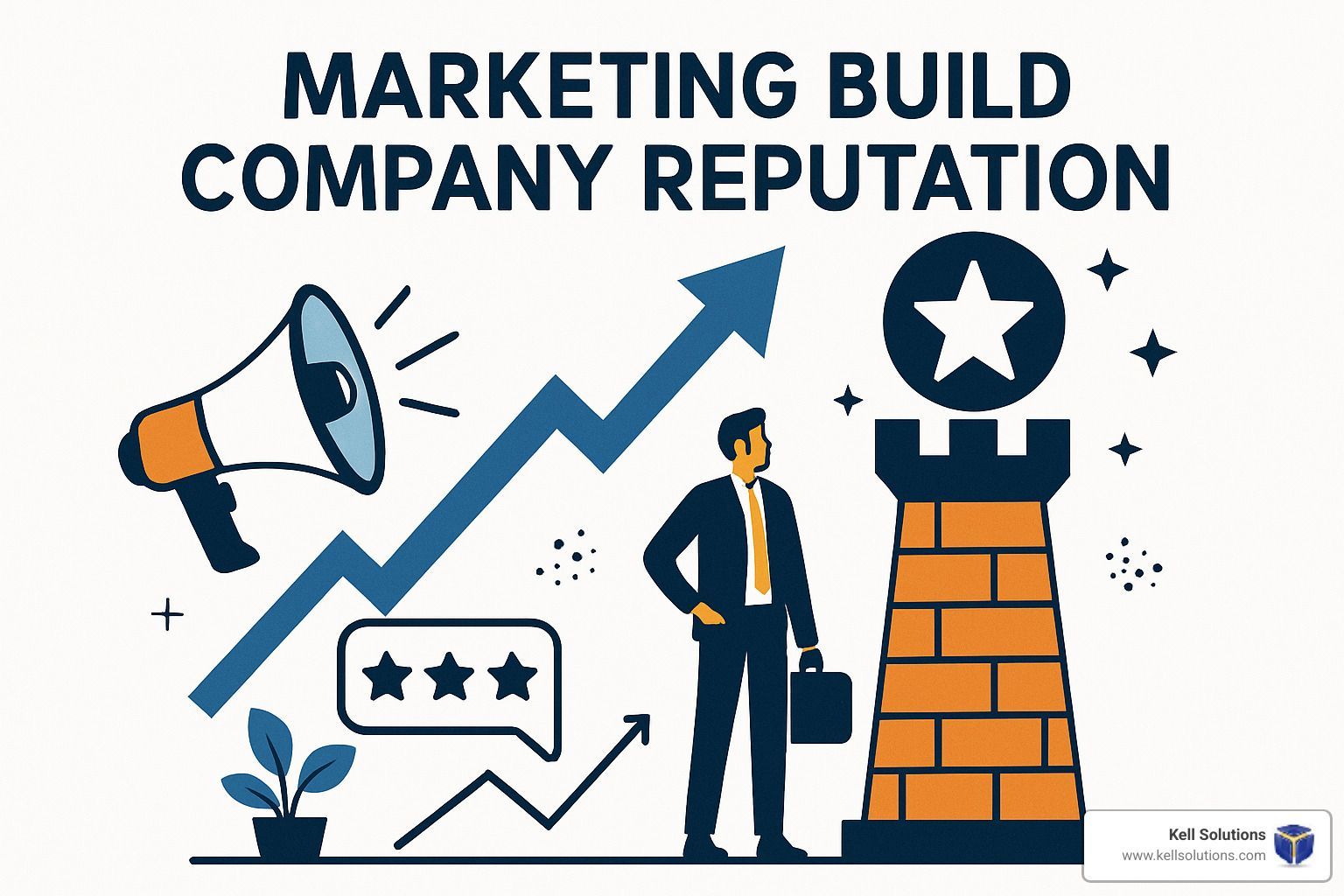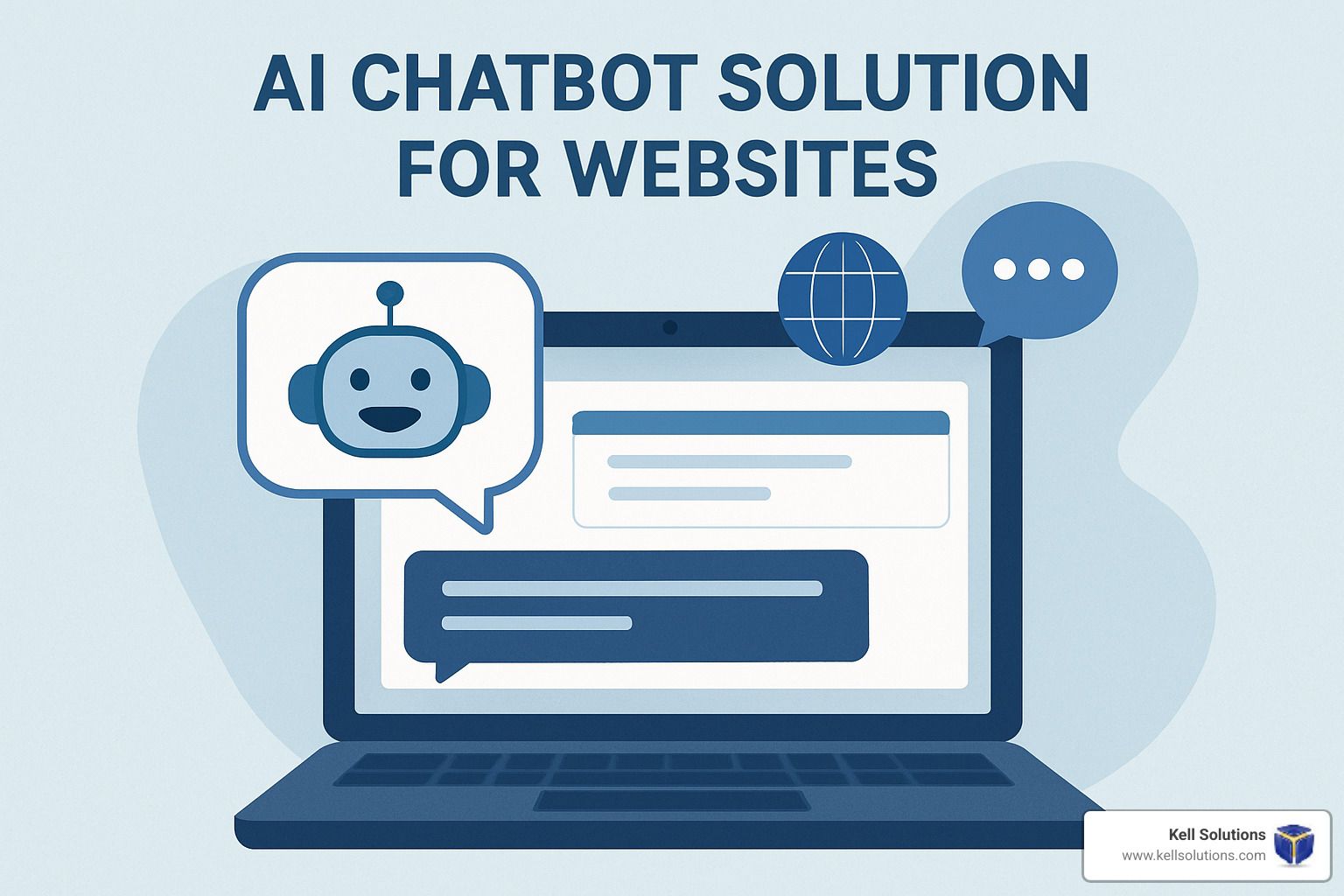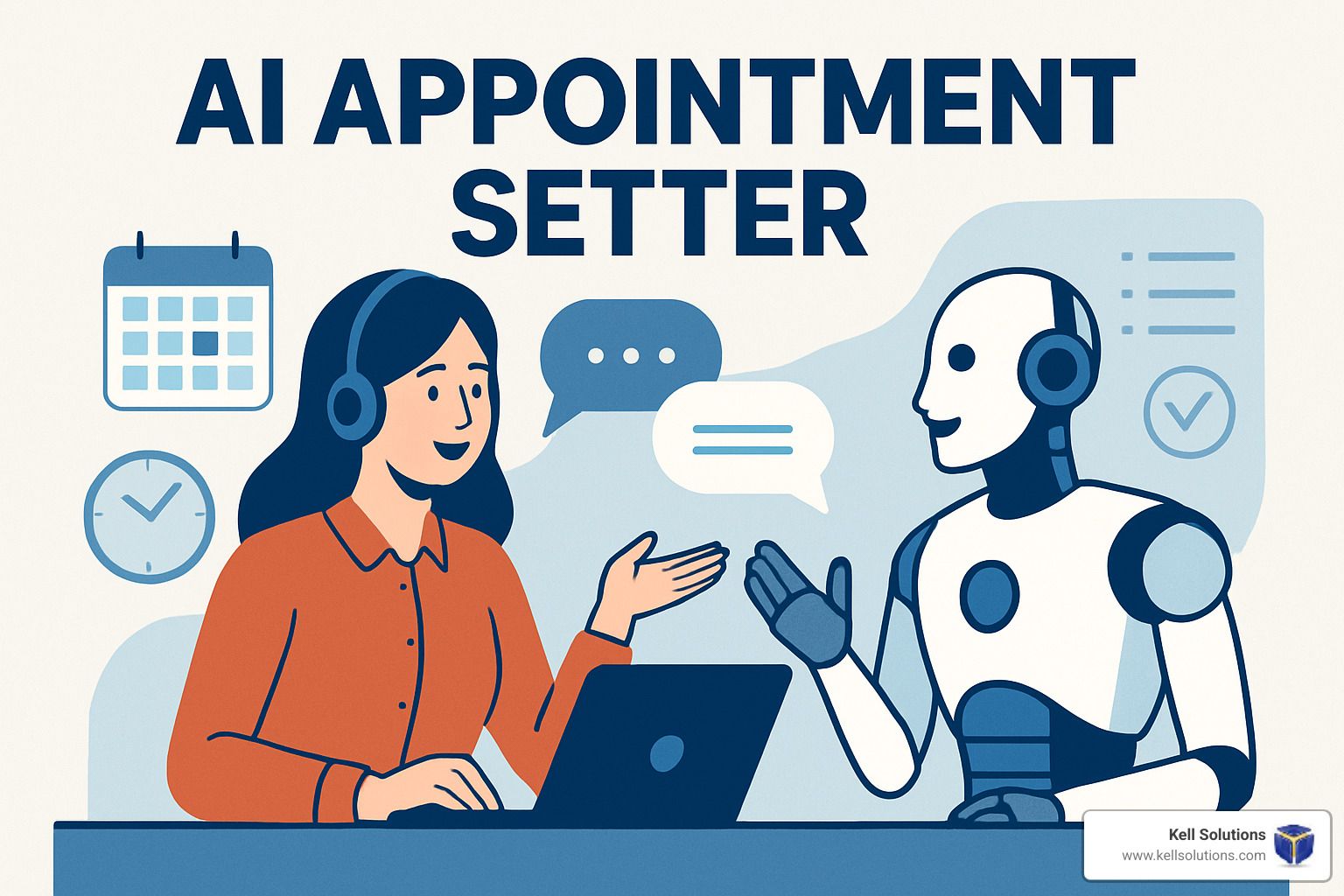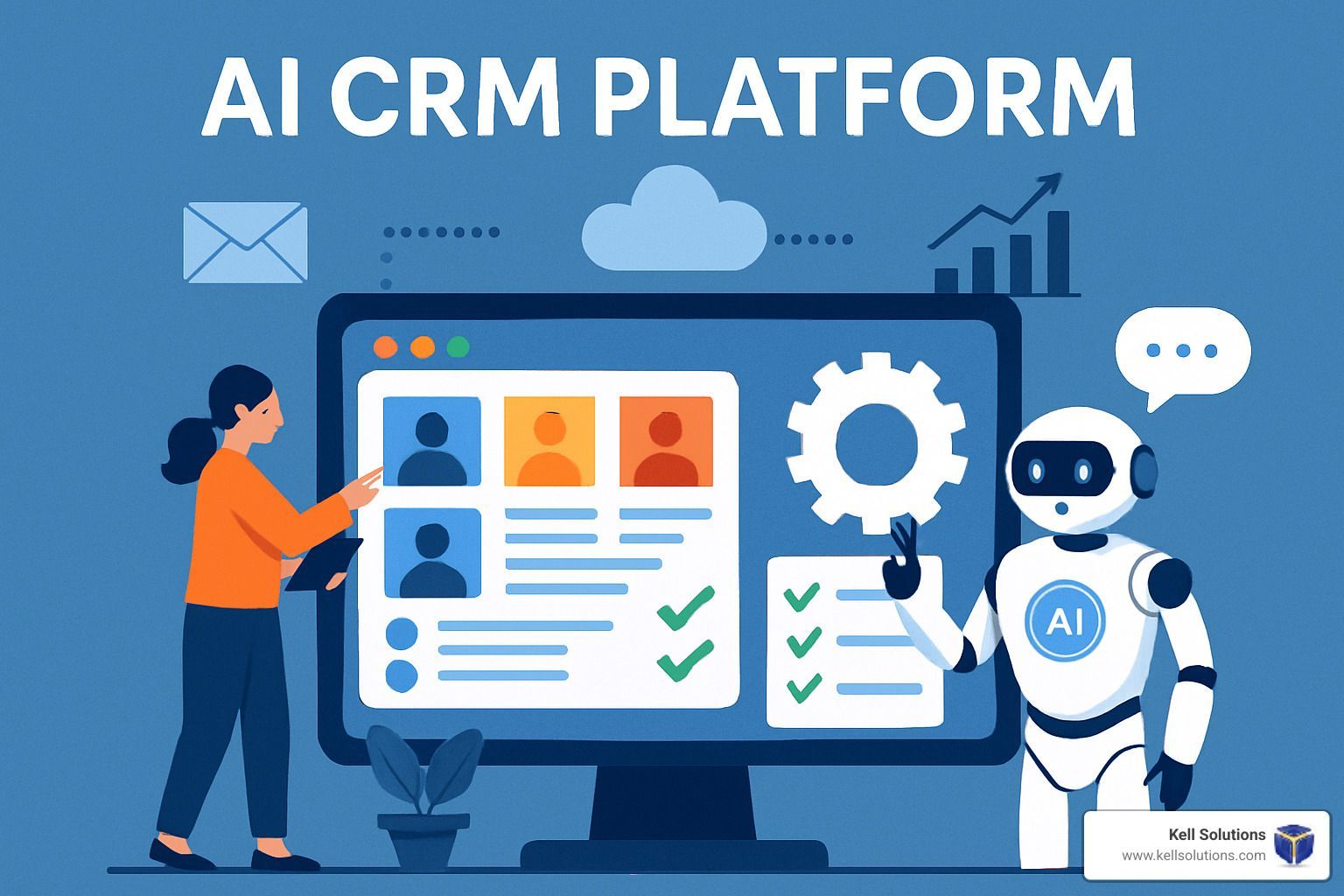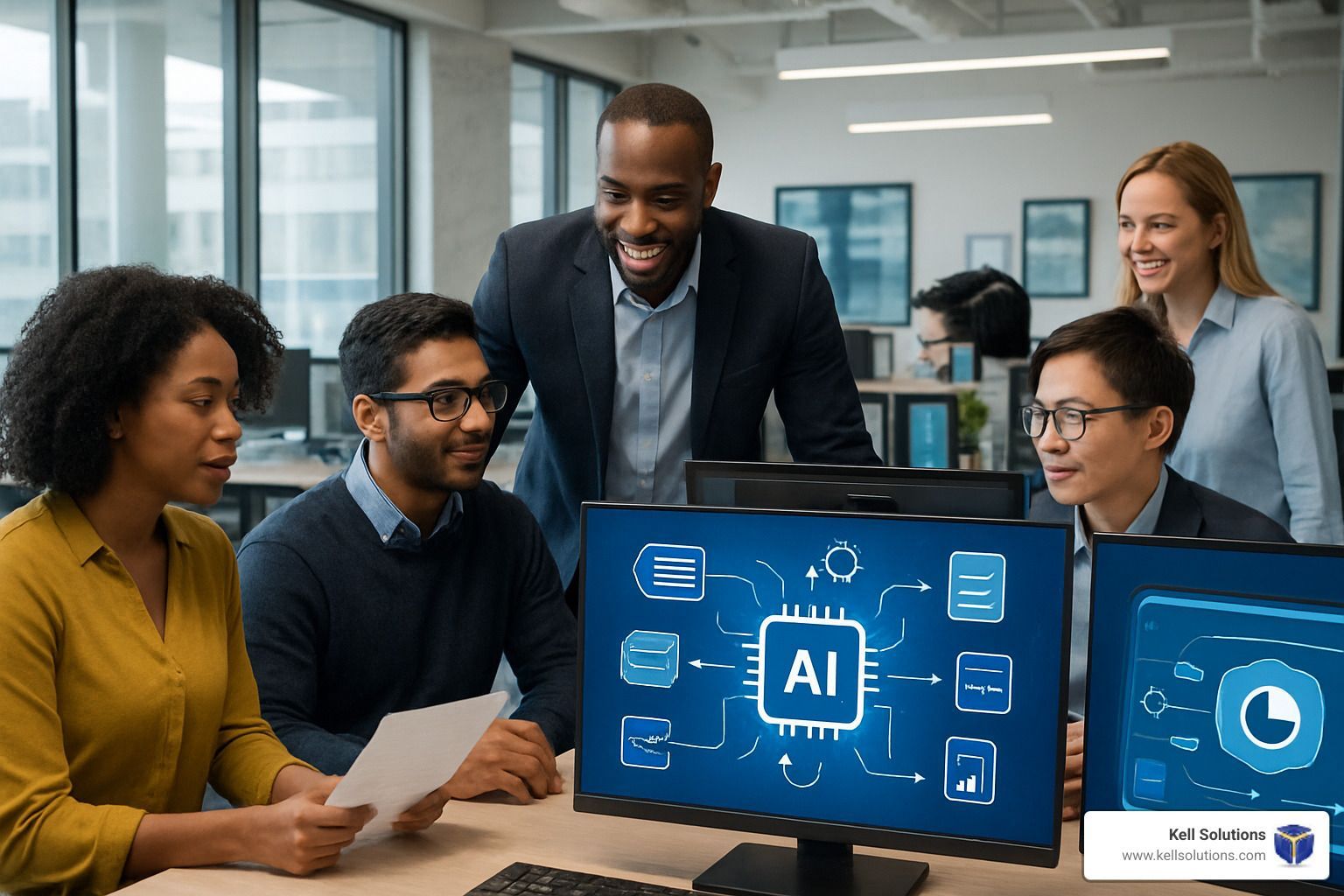Fast AI Talent Acquisition Strategies: Recruitment Tips & Techniques
Streamlining the Hiring Process

Article-At-A-Glance
- AI talent acquisition requires specialized strategies beyond traditional recruitment methods, with companies reporting up to 54% increases in recruiter capacity through AI implementation
- Building specialized talent communities and leveraging AI integrated & AI-focused platforms are crucial for establishing a pipeline of qualified candidates before urgent hiring needs arise
- Technical assessment methods should prioritize real-world problem-solving over algorithmic puzzles to avoid alienating top AI specialists
- Crafting compelling job descriptions with precise technical requirements and growth opportunities significantly increases application rates from qualified AI professionals
- Talent Collective helps organizations implement cutting-edge AI recruitment strategies while maintaining the human elements essential for successful hiring
The battle for AI talent has reached unprecedented intensity. With demand far outstripping supply, organizations are discovering that traditional recruitment approaches simply don't work when competing for these specialized professionals. In today's hyper-competitive landscape, you need recruitment strategies specifically calibrated for the unique challenges of AI talent acquisition. Talent Collective has pioneered innovative approaches that combine technological efficiency with human expertise to help organizations secure top AI specialists efficiently.
The AI Talent Crunch: Why Traditional Recruitment Falls Short
Standard recruitment playbooks are failing in the AI talent market for several critical reasons. Traditional job boards and generic recruitment methods yield disappointingly low response rates from qualified AI specialists, who are bombarded with opportunities daily. The technical complexity of AI roles makes proper candidate evaluation nearly impossible for recruiters without specialized knowledge. Meanwhile, lengthy hiring processes that might work for other positions result in guaranteed candidate loss in the AI space, where top talent is typically off the market within 10-14 days.
Current data shows that 73% of companies now implement some form of recruitment automation, while industry leaders achieve up to 54% increases in recruiter capacity and 85% reductions in time-to-fill through AI adoption & implementation. Despite these technological advances, many organizations struggle to apply these tools effectively to the specialized challenge of recruiting AI professionals themselves. The solution requires both technological sophistication and deep understanding of the unique motivations and career expectations of AI talent.
6 Fast-Track AI Talent Sourcing Strategies That Work
Successfully recruiting AI specialists demands proactive sourcing approaches that go beyond reactive job postings. The most effective organizations maintain continuous talent acquisition efforts rather than starting from zero when positions open. This perpetual recruitment mindset creates a significant competitive advantage in the race for specialized AI professionals who are rarely actively job-seeking.
1. Build Talent Communities Before You Need Them
The most successful AI recruiters build and nurture talent communities long before actual hiring needs arise. This approach transforms traditional recruitment from a transactional process into relationship cultivation. Start by identifying potential candidates through GitHub, academic publications, conference presentations, and AI competition participants who demonstrate relevant expertise.
Rather than immediately pitching jobs, focus on creating value through regular sharing of technical resources, research highlights, and exclusive insights into your organization's AI initiatives. Tools like specialized CRMs can help track interactions and engagement patterns, allowing for personalized communication with community members. Companies implementing this approach report 40-60% faster hiring cycles when positions eventually open.
The goal is to establish your organization as a genuine contributor to candidates' professional growth, not just another potential employer. This requires consistent, authentic engagement - sharing technical content, hosting virtual meetups, and facilitating peer connections. When hiring needs arise, you'll have warm relationships with pre-vetted professionals who already understand your organization's technical challenges and culture.
2. Leverage AI-Specific Job Boards and Communities
While general job boards produce disappointing results for AI roles, specialized platforms yield dramatically better outcomes. Sites like AI-Jobs.net, Kaggle Jobs, and Machine Learning Mastery cater specifically to AI professionals and attract candidates with relevant technical backgrounds. Platforms like Hugging Face and PyTorch communities also maintain job boards where deep learning specialists congregate, offering direct access to professionals with highly specific skill sets.
3. Create AI Challenges and Hackathons
Technical challenges designed around your organization's actual AI problems serve dual purposes: identifying exceptional talent and showcasing real work your team tackles. Unlike generic coding exercises, well-crafted challenges demonstrate the intellectual complexity of your projects while allowing candidates to demonstrate practical problem-solving abilities. Companies report that candidates discovered through well-designed challenges have significantly higher on-the-job success rates compared to those hired through traditional interviews alone.
When designing challenges, ensure they balance complexity with accessibility, providing clear evaluation criteria and reasonable time requirements. The most effective challenges reflect genuine technical problems your team faces rather than academic exercises, giving participants authentic insight into your work while allowing you to assess their approaches to practical problems.
4. Partner With Academic Institutions
Strategic relationships with universities conducting advanced AI research create pipelines for exceptional talent before they enter the traditional job market. Beyond standard campus recruitment, consider sponsoring research labs, funding PhD positions, or establishing joint research initiatives that align with your technical objectives. These partnerships provide early access to emerging talent while allowing students to work on real-world applications of their research.
5. Target Adjacent Technical Talent
While the pool of experienced AI specialists remains limited, significant potential exists in adjacent technical fields. Data scientists, software engineers with strong mathematical backgrounds, and computational linguistics experts often possess foundational skills that transfer well to AI roles. Identifying professionals with adjacent expertise and providing structured upskilling paths can significantly expand your talent pipeline beyond traditional AI specialists.
When targeting adjacent talent, prioritize candidates with strong mathematical foundations, programming proficiency, and demonstrated problem-solving abilities. The most successful transitions typically involve professionals from fields requiring similar analytical thinking patterns, such as physics, quantitative finance, or computational biology. Organizations that develop systematic upskilling programs for these professionals report successfully filling 30-40% of their AI positions through internal transitions.
6. Use Your Own AI Tools to Find AI Talent
There's a certain elegance in using AI recruitment tools to find AI specialists. Modern AI-powered sourcing platforms leverage natural language processing to identify relevant candidates based on technical contributions, not just keyword matches on resumes. These systems can analyze code repositories, research papers, and technical discussions to identify professionals demonstrating relevant expertise, even when they're not actively job-seeking.
Technical Assessment Methods That Don't Drive Candidates Away
Traditional technical assessments often alienate top AI talent by prioritizing memorization over problem-solving ability. Experienced AI professionals frequently abandon application processes that include generic algorithmic puzzles or whiteboard coding sessions disconnected from actual job responsibilities. The most effective assessment approaches focus on evaluating candidates' ability to solve real-world problems similar to those they'll encounter in the role.
Research shows that technical evaluations most predictive of on-the-job success prioritize practical problem-solving over theoretical knowledge. Top performers in traditional algorithmic interviews show minimal correlation with actual job performance in AI roles, while work sample tests yield significantly higher predictive validity. This reality requires fundamentally rethinking technical evaluation approaches for AI specialists.
Work Sample Tests vs. Algorithmic Challenges
Work sample tests based on actual technical challenges your team faces provide dramatically better candidate experiences and predictive validity than algorithmic puzzles. Rather than testing memorization of textbook algorithms, design assessments that mirror the daily problem-solving work AI specialists perform. Effective work samples include realistic constraints like incomplete data, ambiguous requirements, and the need to balance computational efficiency with model performance.
When implementing work samples, provide clear evaluation criteria, reasonable time constraints, and flexibility in technical approach.
The goal is assessing how candidates approach complex problems, not whether they implement a specific predetermined solution.
The most revealing assessments often feature open-ended elements that allow candidates to demonstrate creativity and problem-solving style.
Pair Programming Interviews That Actually Work
Effective Pair Programming Interview Structure
• Pre-interview: Share problem context and objectives 24-48 hours before session
• Introduction (5-10 mins): Review problem, clarify expectations, establish collaboration approach
• Exploration (15-20 mins): Discuss potential approaches, tradeoffs, and implementation strategies
• Implementation (30-40 mins): Collaborative coding with interviewer as thought partner
• Review (10-15 mins): Discuss solution strengths, limitations, and potential improvements
Well-structured pair programming sessions provide deeper insight into candidates' problem-solving approaches than traditional interviews. Unlike adversarial technical grilling, effective pair programming creates a collaborative environment where candidates can demonstrate how they think through problems, incorporate feedback, and communicate technical concepts. This approach reveals candidates' real-world working styles while providing a positive experience that reflects actual collaboration on your team.
The most successful pair programming interviews focus on problem exploration and solution design rather than syntax perfection or memorized algorithms. Position the interviewer as a collaborative thought partner rather than an examiner, creating space for genuine technical discussion. This collaborative dynamic closely mirrors actual teamwork, providing better prediction of on-the-job success than traditional technical interrogations.
Ensure technical problems are scoped appropriately for the interview timeframe, focusing on core algorithmic thinking rather than implementation details. The most revealing sessions often involve problems with multiple valid approaches, allowing candidates to demonstrate their reasoning about tradeoffs. Throughout the session, pay attention to how candidates respond to suggestions, incorporate new information, and articulate their thinking process.
Portfolio-Based Evaluation for AI Specialists
For experienced AI professionals, existing work often provides more meaningful insight than any artificial assessment. GitHub repositories, research publications, competition submissions, and open-source contributions demonstrate authentic technical capabilities developed over time. Structured portfolio reviews allow candidates to present their most relevant work and explain technical decisions, providing deeper insight than time-constrained assessments alone.
Crafting AI Job Descriptions That Attract Top Talent
Job descriptions function as marketing documents in the competitive AI talent market. Generic, requirement-heavy listings fail to capture attention, while well-crafted descriptions generate significantly higher response rates from qualified candidates. The most effective AI job descriptions balance technical specificity with compelling narratives about impact opportunities, learning environment, and technical challenges.
Essential Technical Requirements vs. Nice-to-Haves
Excessive technical requirements deter qualified candidates who don't meet every criterion. Research shows women and underrepresented minorities are particularly likely to self-select out when they don't meet 100% of listed requirements. Distinguish between truly essential skills and preferred qualifications, focusing requirements on core technical capabilities rather than specific tools or frameworks that can be learned.
Focus technical requirements on fundamental capabilities (machine learning fundamentals, statistical knowledge, programming proficiency) rather than specific implementation technologies that change rapidly. For each requirement, consider whether it's truly necessary for day-one success or something that can be developed on the job. This focused approach significantly expands your candidate pool while maintaining quality standards.
Highlighting Growth and Innovation Opportunities
AI specialists prioritize professional growth and intellectual challenge above most other factors when evaluating opportunities. Explicitly detail the learning environment, technical challenges, and innovation opportunities your organization offers. Describe specific projects, technical problems, and growth trajectories available to successful candidates. The most compelling descriptions connect day-to-day responsibilities with larger technical challenges that spark intellectual curiosity.
Avoiding Red Flag Language That Repels AI Talent
Certain phrases consistently trigger negative reactions from technical candidates. Terms like "rockstar," "ninja," and "work hard, play hard" signal potential cultural issues to experienced professionals. Similarly, vague descriptions of technical work or overemphasis on non-technical qualifications suggest potential misalignment between recruitment and actual job requirements.
Avoid language implying unrealistic expectations, such as requirements for expertise across an impossibly broad range of technologies or descriptions suggesting the role combines what would normally be multiple specialized positions. These signals
significantly reduce application rates from qualified candidates who recognize unsustainable expectations.
Examples of High-Converting AI Job Descriptions
Before: "Seeking ML rockstar with 5+ years experience in Python, TensorFlow, PyTorch, C++, Java, cloud platforms, and experience building production-ready deep learning systems."
After: "We're building computer vision systems that help detect early-stage cancer with higher accuracy than current methods. You'll design and implement deep learning models using PyTorch, collaborating with medical researchers to improve detection capabilities. You'll have dedicated research time and access to specialized hardware for experimentation."
The most effective job descriptions focus on the technical impact candidates can make rather than exhaustive requirement lists. Successful listings typically include specific technical challenges the team is addressing, details about the data and computing resources available, and opportunities for continued learning and professional development. This focused approach consistently yields higher response rates from qualified candidates than traditional requirement-centered descriptions.
Compensation Strategies Beyond Just High Salaries
While competitive salaries remain essential, the most successful AI talent acquisition strategies incorporate broader value propositions aligned with what specialists truly value. Research consistently shows that AI professionals prioritize technical growth, intellectual challenge, and work autonomy alongside compensation. Organizations unable to match top-tier salaries can successfully compete by crafting comprehensive value propositions addressing these core motivators.
Flexible Work Arrangements That AI Specialists Value
Flexibility consistently ranks among the top priorities for technical talent, particularly AI specialists. Beyond basic remote work options, consider offering truly flexible schedules that accommodate different productivity patterns, project-based work arrangements that focus on outcomes rather than hours, and autonomy in selecting technical approaches. Organizations that implement genuinely flexible work environments report significantly higher success rates in both recruitment and retention of AI talent.
Research Resources and Computing Access
Access to research resources and computing infrastructure significantly influences AI specialists' job decisions. Dedicated GPU/TPU resources, cloud computing budgets, and subscriptions to research databases represent tangible commitments to supporting technical excellence. Organizations that provide dedicated research time and infrastructure for experimentation demonstrate a genuine commitment to innovation that resonates strongly with technical candidates.
Conference Budgets and Continued Learning
Professional development opportunities serve both recruitment and retention objectives. Guaranteed conference attendance, learning stipends, and dedicated time for skill development demonstrate investment in professionals' long-term growth. The most effective programs combine structured learning opportunities with flexibility for self-directed exploration, allowing specialists to maintain cutting-edge expertise in this rapidly evolving field.
Equity and Profit-Sharing Models
Well-structured equity and profit-sharing programs align organizational success with individual outcomes. Beyond standard equity packages, consider implementing specialized technical milestone bonuses, patent incentives, and innovation rewards that directly connect technical contributions to financial outcomes. These structures can significantly enhance total compensation while reinforcing the value placed on technical innovation.
Publication Freedom and Open-Source Contribution Policies
Publication opportunities and open-source participation represent significant value for many AI specialists. Clear policies supporting academic publication, conference presentations, and open-source contributions demonstrate respect for professionals' broader participation in the technical community. Organizations with the most successful recruitment outcomes typically establish transparent processes for determining what can be shared externally, balancing intellectual property protection with support for professional visibility.
Speeding Up Your AI Hiring Process Without Sacrificing Quality
In the competitive AI talent market, hiring process efficiency directly impacts success rates. Top candidates typically receive multiple offers within 1-2 weeks of beginning their job search, making slow decision processes a significant competitive disadvantage. Organizations with the highest success rates implement streamlined evaluation approaches that maintain rigorous assessment while eliminating unnecessary delays.
The most effective acceleration strategies focus on removing administrative friction rather than rushing technical evaluation. Parallel rather than sequential assessment stages, clear decision criteria established before interviews begin, and empowered hiring teams with designated decision-makers significantly reduce time-to-offer without compromising quality standards.
Streamlining Technical Interviews
Technical interview inefficiency represents the most common bottleneck in AI hiring processes. Optimize assessment approaches by combining evaluation stages, implementing structured interview protocols with clear evaluation criteria, and training interviewers on consistent assessment approaches. The most effective organizations typically complete comprehensive technical evaluation within 1-2 interview rounds, contrasting sharply with traditional processes requiring 4-5 separate technical conversations.
Decision-Making Frameworks for Fast Offers
Unclear decision processes create unnecessary delays between final interviews and offers. Implement structured evaluation frameworks with predefined hiring criteria, designated decision-makers empowered to extend offers, and standardized approval processes for compensation packages. Organizations with the highest offer acceptance rates typically present formal offers within 24-48 hours of final interviews, demonstrating decisiveness that signifies organizational efficiency to candidates.
Creating a Competitive Time-to-Offer Pipeline
End-to-end process optimization requires mapping and refining each stage from initial contact to offer extension. Successful organizations typically establish SLAs for each hiring stage, continuously measure pipeline velocity, and regularly refine processes based on outcomes data. The most competitive organizations consistently complete their entire evaluation process within 1-2 weeks, allowing them to secure candidates before competitors can complete their assessment processes.
Culture Signals That Win Over AI Talent
Beyond technical challenges and compensation, organizational culture significantly influences AI specialists' job decisions. Specific cultural elements consistently emerge as particularly important to technical professionals, serving as powerful differentiators in competitive hiring situations. Organizations that authentically demonstrate these cultural attributes consistently achieve higher offer acceptance rates than those offering marginally higher compensation without these cultural elements.
Technical Leadership Visibility
Access to technical leadership represents a powerful recruitment advantage. Involving senior technical leaders in the interview process, providing opportunities for candidates to understand leadership's technical vision, and demonstrating clear technical decision-making processes significantly enhance offer acceptance rates. Organizations whose technical leaders actively participate in the broader AI community through research publications, conference presentations, and open-source contributions gain substantial recruitment advantages through enhanced credibility and visibility.
AI Ethics and Responsible Development
Ethical considerations increasingly influence AI specialists' job decisions, particularly for the most sought-after talent. Clear governance frameworks, transparent processes for addressing ethical questions, and demonstrated commitment to responsible AI development serve as powerful differentiators. Organizations that incorporate ethical considerations into their technical processes rather than treating them as separate compliance functions demonstrate alignment with values increasingly important to technical professionals.
Implementing robust ethical frameworks doesn't just satisfy compliance requirements—it creates competitive advantages in talent acquisition. Top AI specialists increasingly consider ethical infrastructure when evaluating opportunities, recognizing that well-designed governance systems support better technical outcomes while mitigating career risks associated with problematic applications. The most effective organizations integrate ethical considerations throughout their technical development process rather than treating them as separate compliance functions.
Knowledge Sharing Environments
Collaborative learning environments consistently rank among the most important cultural factors for AI specialists. Organizations with strong internal knowledge-sharing practices, regular technical presentations, and active communities of practice demonstrate commitment to continuous improvement that resonates strongly with top candidates. Specific practices like dedicated learning time, internal technical conferences, and mentorship programs provide tangible evidence of this commitment during the recruitment process.
The most successful organizations make knowledge sharing practices visible during the recruitment process by involving multiple team members in interviews, sharing research papers or technical blog posts produced by the team, and discussing how knowledge transfer occurs within the organization. These signals help candidates envision themselves succeeding within your technical culture.
- Regular technical presentations and knowledge-sharing sessions
- Internal documentation and learning resources
- Mentorship programs and paired programming opportunities
- Cross-functional collaboration structures
- Dedicated learning time and professional development support
Organizations that implement these knowledge-sharing practices report significantly higher retention rates for technical talent. Beyond recruitment advantages, these environments foster continuous skill development that enhances team capabilities while satisfying AI specialists' desire for ongoing learning.
Making these cultural elements visible during the recruitment process requires intentional process design. The most effective organizations incorporate culture demonstration throughout their interview process, ensuring candidates interact with team members who authentically represent the working environment. This approach creates significantly more powerful impressions than abstract discussions of cultural values.
Onboarding That Prevents Early Turnover
Effective onboarding transforms promising hires into productive team members while preventing costly early turnover. The technical complexity of AI roles makes comprehensive onboarding particularly important, requiring specialized approaches beyond standard corporate processes. Organizations with the highest retention rates implement structured technical onboarding programs that accelerate productivity while creating strong team connections.
Research shows that AI specialists who experience well-structured onboarding reach productivity milestones 34% faster and show 62% higher retention rates at the one-year mark compared to those with minimal onboarding. These outcomes demonstrate the substantial ROI of comprehensive onboarding investments, particularly for roles requiring deep technical and organizational knowledge.
Technical Resource Preparation
Productive work on day one requires comprehensive technical preparation before new hires arrive. Establish standardized technical setup processes including development environment configuration, data access provisioning, computing resource allocation, and documentation access. Organizations with the most successful onboarding outcomes typically prepare personalized technical resource guides for each role, ensuring new team members can navigate technical infrastructure efficiently.
Mentorship Pairing
Structured mentorship significantly accelerates integration and technical ramp-up. Pair new AI specialists with experienced team members who provide both technical guidance and organizational navigation support. The most effective mentorship programs include scheduled check-ins, specific knowledge transfer objectives, and recognition for mentors who excel at developing new team members. This structured approach creates consistent experiences while ensuring new hires build essential relationships from their first days.
90-Day Success Planning
Clear objectives and milestone definitions prevent the uncertainty that often leads to early dissatisfaction. Develop structured 30-60-90 day plans that define specific learning objectives, initial projects, and success metrics appropriate for the onboarding period. The most effective plans typically begin with learning and exploration activities, progress to collaborative projects with experienced team members, and culminate in increasingly independent contributions aligned with the role's long-term responsibilities.
Regularly scheduled feedback throughout this period allows for course correction and demonstrates organizational investment in successful integration. Organizations with the highest retention rates typically implement formal check-ins at key milestones, creating structured opportunities to address concerns before they impact satisfaction and performance.
Your AI Talent Acquisition Scorecard: Metrics That Matter
Strategic talent acquisition requires measurement approaches that capture both operational efficiency and hiring quality. Beyond standard recruitment metrics, AI talent acquisition effectiveness should be evaluated through specialized measures that reflect the unique challenges of this talent category. The most effective measurement frameworks typically combine process metrics (time-to-fill, pipeline conversion rates), quality indicators (technical performance, retention), and business impact measures (project contribution, innovation outcomes). This comprehensive approach provides actionable insights for continuous improvement while demonstrating talent acquisition's strategic contribution.
Frequently Asked Questions
As organizations develop their AI talent acquisition strategies, several common questions consistently emerge. The following responses address these frequent concerns based on observed patterns across organizations successfully building AI capabilities. While specific approaches must be tailored to organizational context, these principles provide guidance for developing effective strategies across different environments and competitive positions.
How long does it typically take to hire an AI specialist?
Hiring timelines vary significantly based on role specialization, market conditions, and process efficiency. Organizations with optimized recruitment processes typically complete end-to-end hiring (from initial sourcing to accepted offer) within 4-6 weeks for mid-level roles and 6-8 weeks for senior positions requiring more extensive evaluation. However, organizations with traditional sequential hiring processes often experience 3-6 month timelines, resulting in significant candidate loss during extended processes. Implementing parallel assessment stages, streamlined decision processes, and continuous pipeline development can dramatically reduce these timelines while maintaining evaluation quality.
What's the biggest mistake companies make when recruiting AI talent?
The most common mistake is applying generic recruitment approaches to the specialized AI talent market. Organizations frequently underestimate the technical specificity required in job descriptions, sourcing approaches, and evaluation methods. This misalignment results in poor candidate fit, wasted resources, and missed opportunities to engage qualified specialists.
Another frequent error is excessive emphasis on credentials rather than demonstrated capabilities. Organizations that prioritize specific academic backgrounds or certifications over practical problem-solving abilities significantly limit their candidate pools while missing exceptional talent with non-traditional backgrounds. The most successful organizations implement capability-based assessment that evaluates practical skills regardless of how they were acquired.
Perhaps most fundamentally, many organizations fail to recognize that AI recruitment is a two-way evaluation process. In a market where specialists have abundant options, organizations must demonstrate their value proposition as convincingly as candidates demonstrate their capabilities. Companies that approach recruitment as primarily candidate evaluation rather than mutual fit assessment consistently struggle to secure top talent regardless of role attractiveness.
- Using generic job descriptions that fail to specify technical requirements accurately
- Implementing excessive interview stages that extend time-to-offer beyond competitive timeframes
- Requiring credentials that don't predict performance while overlooking demonstrated capabilities
- Focusing exclusively on technical assessment without demonstrating organizational value proposition
- Failing to involve technical leaders in the recruitment process
Organizations that address these common pitfalls report significantly improved outcomes across all talent acquisition metrics, from candidate quality to offer acceptance rates. The fundamental shift required is recognizing that AI recruitment demands specialized approaches aligned with both technical requirements and candidate priorities.
Should we hire AI generalists or specialists with deep expertise?
This decision should be driven by your specific technical needs, existing team composition, and product development stage. Early-stage AI initiatives typically benefit from generalists who can address diverse challenges across the development lifecycle, while mature applications often require specialists with deep expertise in specific domains or techniques. The most effective organizations typically build teams with complementary expertise rather than seeking uniform skill profiles, creating capability clusters that combine breadth and depth appropriately for their technical challenges.
How do we compete with tech giants for the same AI talent?
Competing successfully against resource-rich competitors requires emphasizing distinctive advantages that resonate with candidate priorities beyond compensation. Focus on factors including impact visibility (direct connection to business outcomes), technical autonomy (freedom to select approaches and tools), accelerated growth opportunities (faster advancement than possible in larger organizations), and meaningful problem domains that align with candidate interests.
Organizations that successfully compete against larger competitors typically create highly differentiated value propositions rather than attempting to match compensation packages directly. This approach targets candidates whose priorities align with the unique advantages smaller organizations can offer, creating successful matches based on factors beyond compensation alone. The most successful recruitment strategies emphasize authentic differentiation rather than attempting to duplicate advantages that resource-rich competitors can provide more effectively.
Is it better to train existing employees in AI or hire externally?
This represents a false dichotomy—the most successful organizations implement both approaches simultaneously. Internal development provides contextual knowledge and cultural alignment, while external hiring brings fresh perspectives and specialized expertise. The optimal balance depends on your existing technical capabilities, learning infrastructure, and immediate needs. Organizations with strong technical foundations and established learning programs can successfully upskill a higher percentage of AI roles, while those requiring immediate capability often need higher proportions of external hiring.
The most effective approach typically involves strategic external hiring for key roles while developing internal capabilities through structured learning programs, mentorship, and practical experience opportunities. This combined strategy builds sustainable capabilities while addressing immediate needs. Organizations implementing this balanced approach report stronger team integration, knowledge transfer, and retention outcomes compared to those relying exclusively on either internal development or external recruitment.
Fast AI talent acquisition requires specialized strategies that address the unique challenges of this competitive talent market. By implementing tailored sourcing approaches, effective technical assessment methods, streamlined decision processes, and comprehensive onboarding programs, organizations can significantly improve their success rates while reducing time-to-hire.
The organizations that master these approaches gain substantial competitive advantages through faster capability building and access to specialized expertise that drives innovation.
Talent Collective specializes in helping organizations implement these advanced recruitment strategies, combining technological innovation with deep expertise in AI talent dynamics to create sustainable competitive advantages in technical talent acquisition.

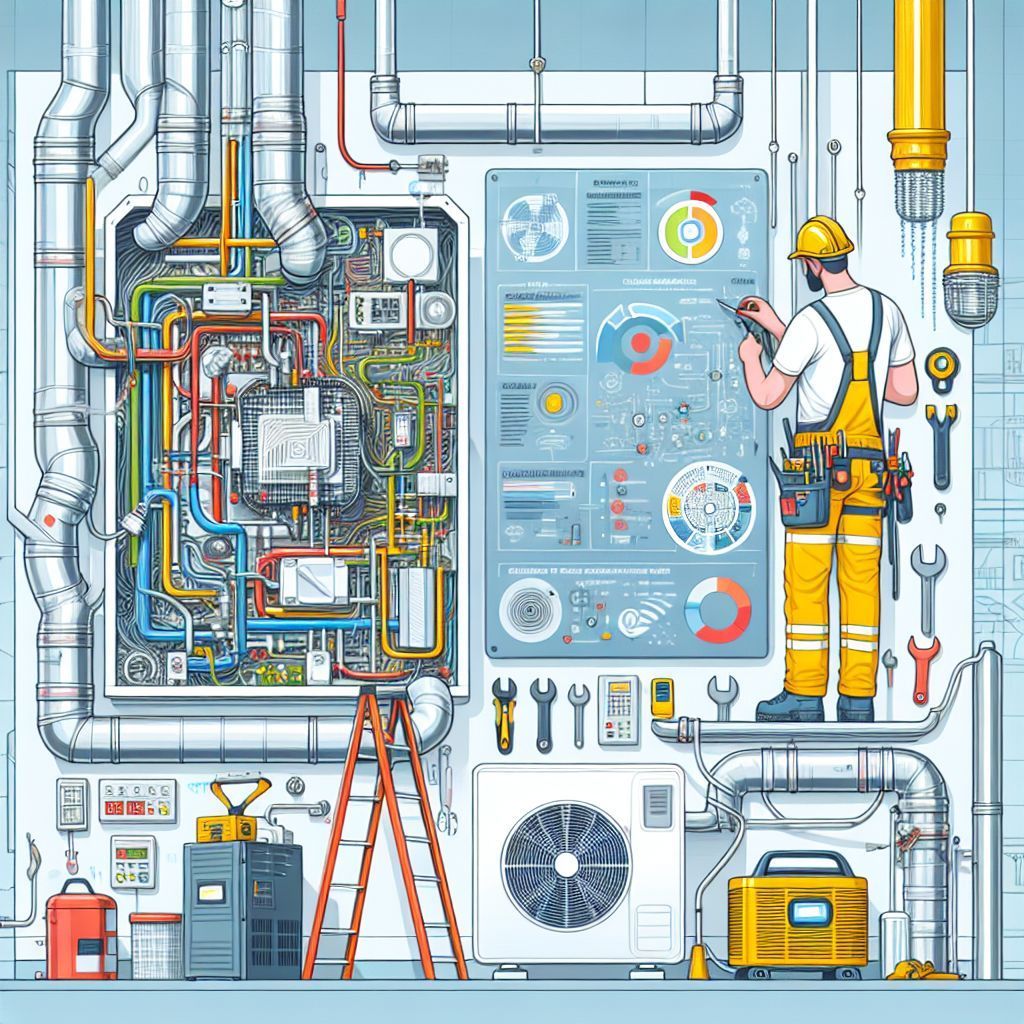
Orange County HVAC Google AI Overview Domination: 7 Proven Strategies to Capture Featured AI Results





